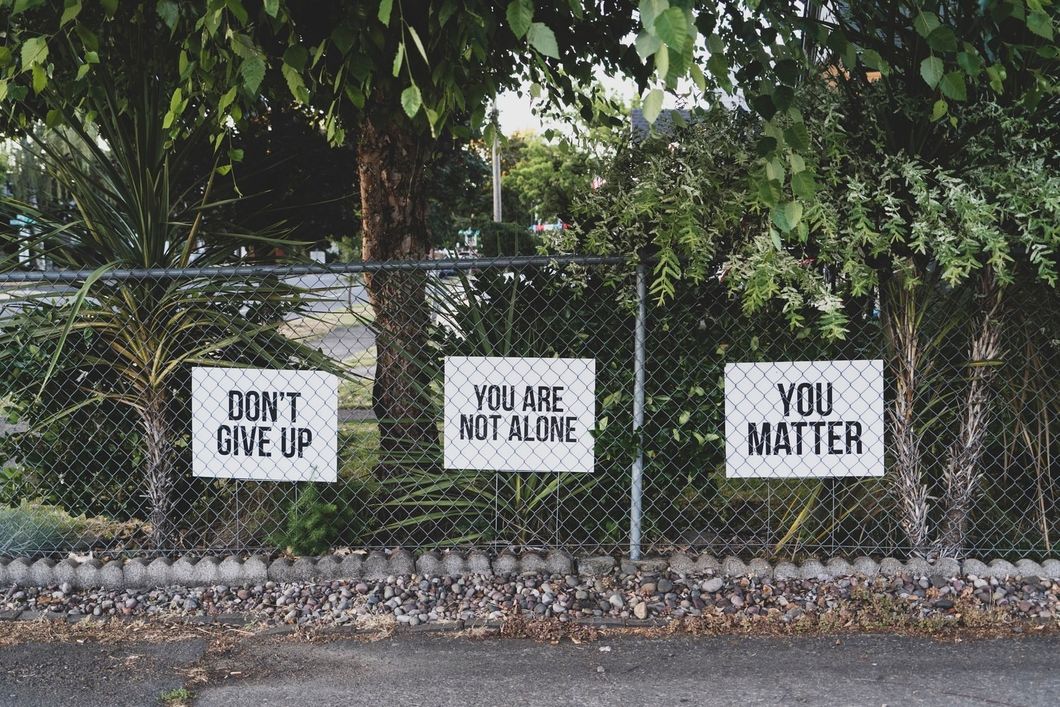The month of September is National Suicide Prevention Awareness Month and every year on September 10th, the world observes Suicide Prevention Day with efforts to raise awareness that suicide can be prevented.
More often than I should, I think about this moment in high school when my friend confided in me that they were missing from school because they tried to kill themself. For about two weeks up until this point, I assumed they were skipping school or had caught the flu, but this entire time they were recovering. A friend I saw and talked to every day for four years. For days after their confession, I repeatedly kept replaying our conversation over in my head and asking myself "how?" How did this happen? How did I not know something was wrong? How do I prevent something like this from ever happening again?
The National Institute of Mental Health reported that suicidal thoughts or actions will vary depending on several factors such as age, gender, physical and mental well-being, and individual experiences. My friend was physically present, but internally they were suffering. According to the National Suicide Prevention Lifeline, there are five evidence-based action steps (also known as SAFE-Tfor Suicide Assessment Five-step Evaluation and Triage) that help provide a guideline for helping someone in a crisis.
1. Identifying Risk Factors
There are several risk factors such as suicidal history, psychiatric disorders, family history, alarming symptoms, triggering events, access to weapons, or change in treatment. It is important to ask open-minded questions with an unbiased tone and actively listen to what they're saying.
2. Identifying Protective Factors
Everyone copes differently to the situations the universe presents them with. Like risk factors, they may have protective factors -internal or external- that might help defuse the crisis. Understanding their beliefs and providing support is vital.
3. Conduct Suicide Inquiry
It is a difficult task, but you must ask direct questions; "have you thought about suicide before?" "when and/or where do you plan on doing it?" "have you tried to before?" "do you have any intentions to carry this out?"
4. Determine Risk Level
The biggest concern is safety. Once you conduct the suicide inquiry, you should determine their level of risk for suicide; low, moderate, or high.
5. Document
Everyone copes differently. After determining their level of risk, plan to act accordingly to address the issue. Some may prefer talking on an anonymous line, while some may need a possible intervention.
It's important to remember that educating the community by raising awareness, offering public resources for assistance, and deconstructing the stigma and misconceptions behind suicide helps progress towards prevention. Raising awareness for suicide prevention should be year-round. Someone you know may be going through it and with the help of these probable identifications, you could prevent someone from dying by suicide. Almost every 40 seconds someone dies by suicide. Whether it is a friend, family member, or self-realization, there is always support available.






















